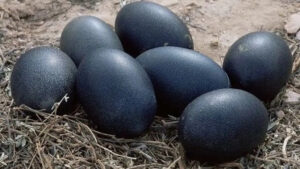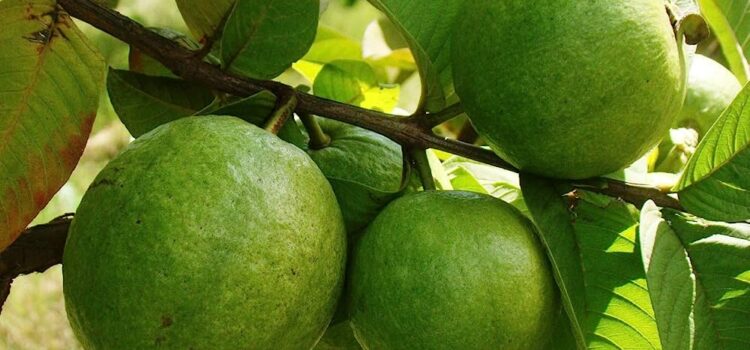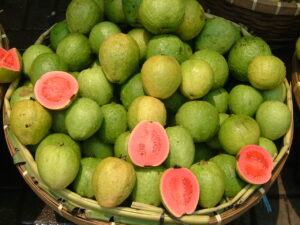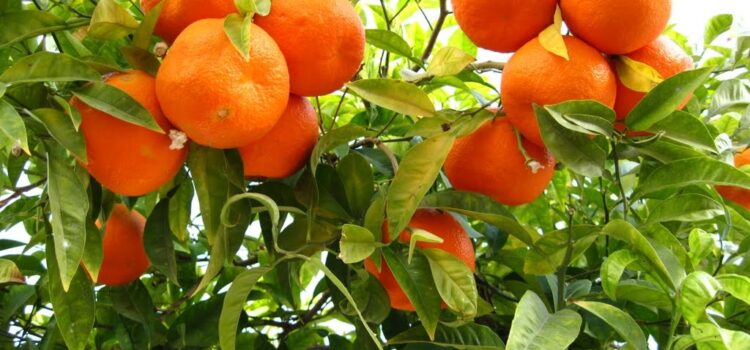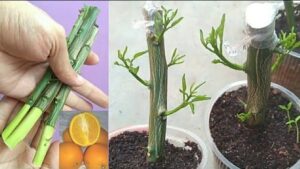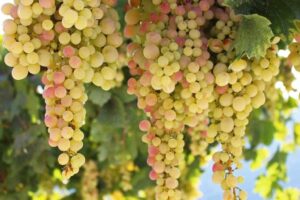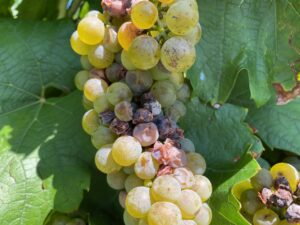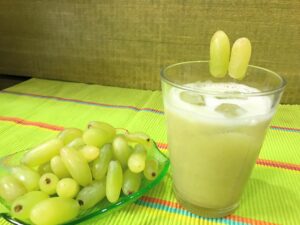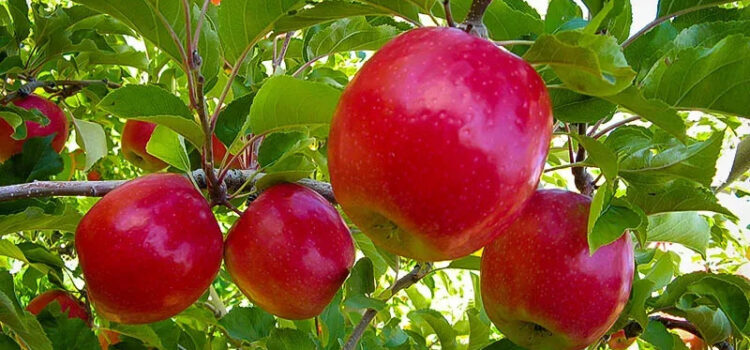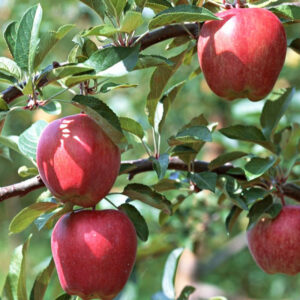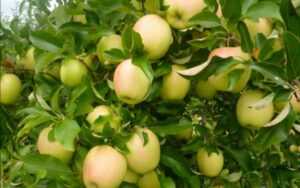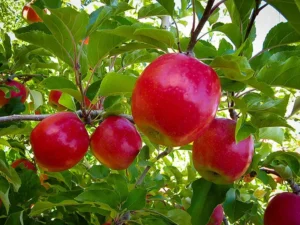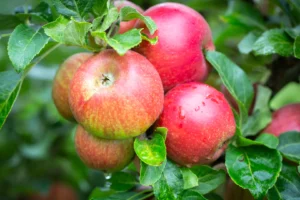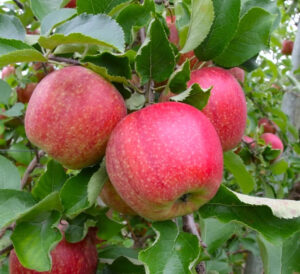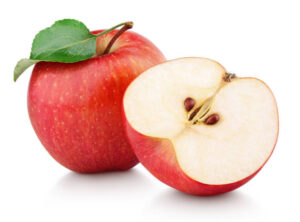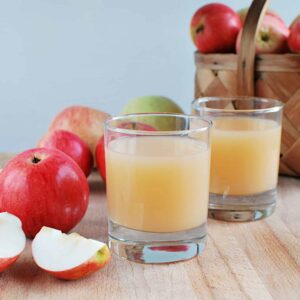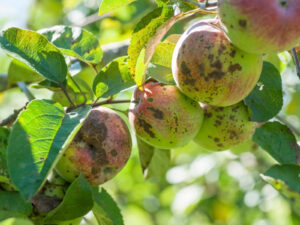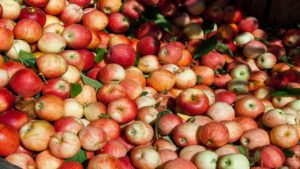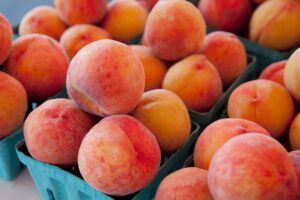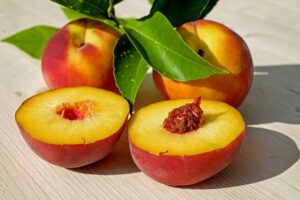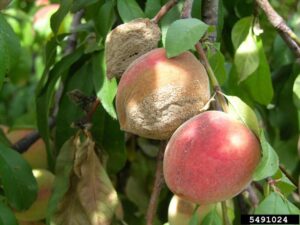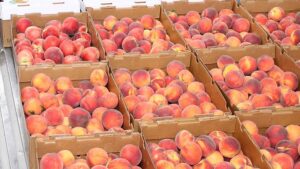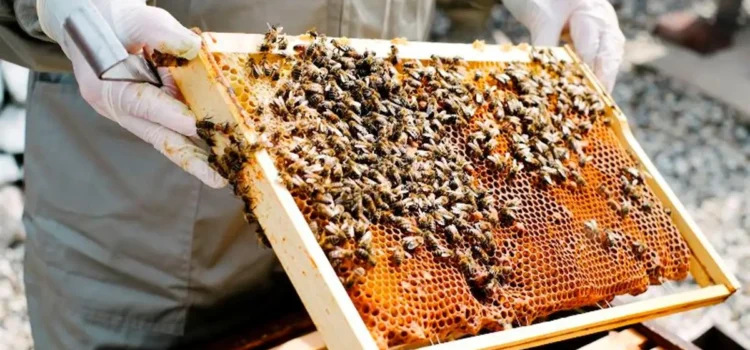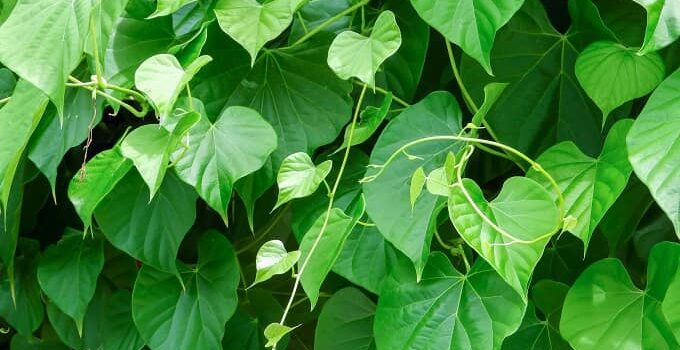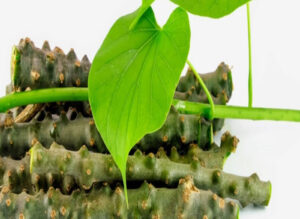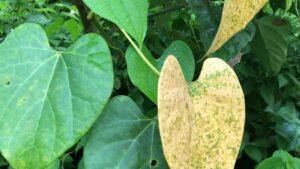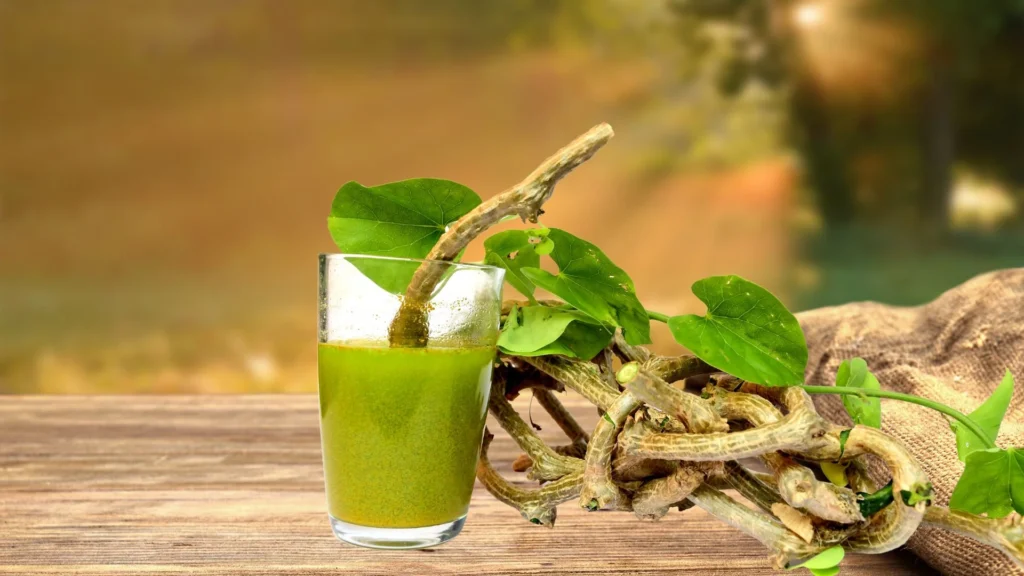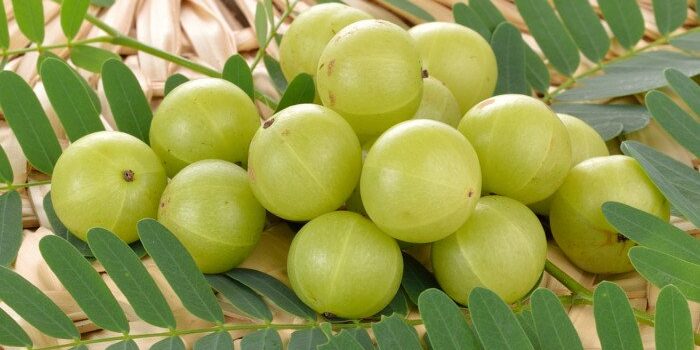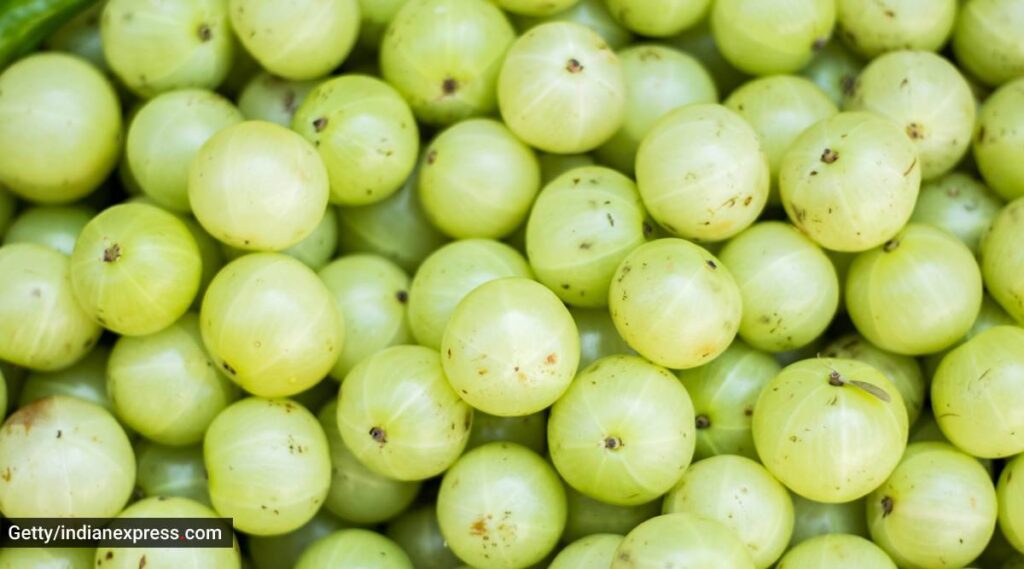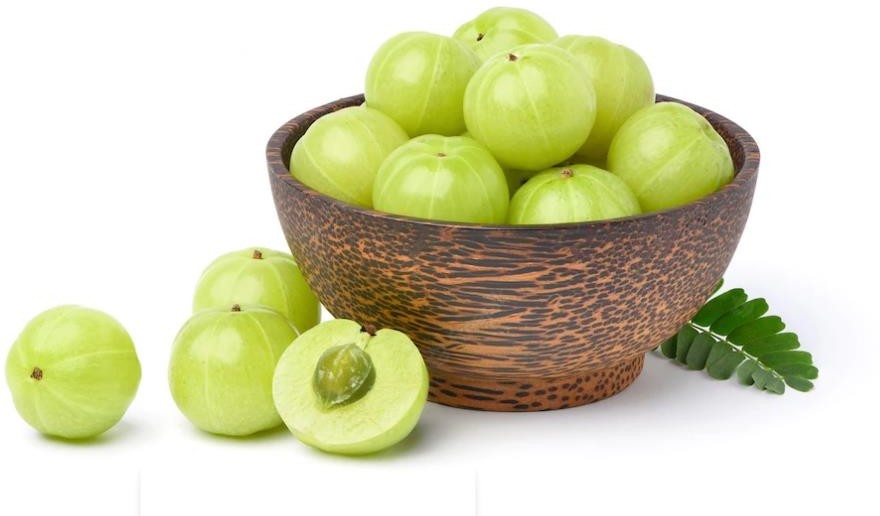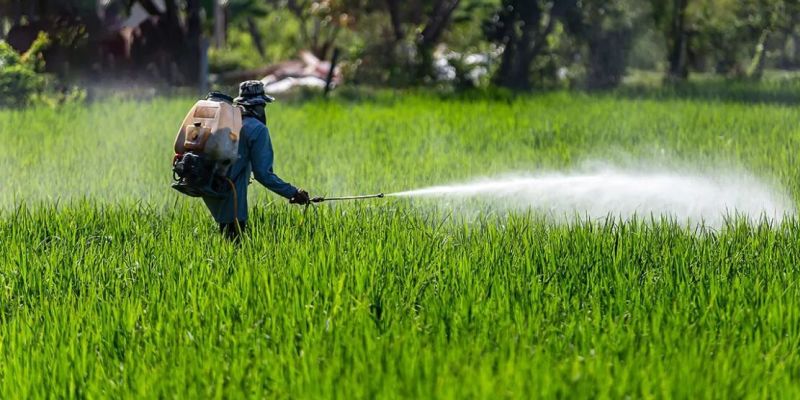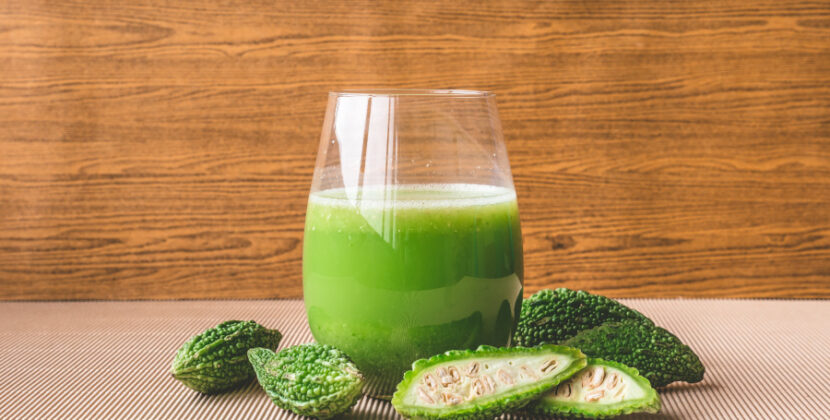Kadaknath Chicken Farming, Nutrient Value of Meat & Its Health Benefits
What is Kadaknath Chicken
Kadaknath chicken, also known as Kali Masi or the Black Chicken, is a unique and indigenous native breed state of Madhya Pradesh, India. Its striking and distinctive feature lies in its entirely black plumage, including feathers, beak, legs, and even internal organs. The Kadaknath chicken has been cherished for centuries by certain Indian communities due to its cultural significance and culinary delicacy. While it is not as prolific a layer as some commercial breeds, its eggs are of a dark brown color. However, the breed is primarily renowned for its meat, which is considered a premium product due to its unique black color, lean texture, and reputed health benefits. The meat is believed to be low in cholesterol and high in protein, making it an attractive choice for health-conscious consumers. Kadaknath chicken farming has gained popularity in recent years, not only in India but also in other countries, as farmers and consumers alike recognize the breed’s distinctive qualities and potential economic value. However, due to its local and endangered status in the past, conservation efforts have been undertaken to safeguard the breed’s genetic diversity and promote sustainable breeding practices to ensure its preservation for future generations.
Kadaknath Chicken Farming
Kadaknath chicken farming is the practice of raising the unique and indigenous Kadaknath breed of chickens for meat and egg production. The Kadaknath chicken, known for its distinctive black plumage and flavorful dark meat, holds cultural significance in certain regions of India. Starting a Kadaknath chicken farm requires careful research, planning, and dedication. Farmers need to source healthy and disease-free chicks from reputable breeders, construct suitable housing with proper ventilation, and provide ample space for free-ranging during the day. Nutrition plays a crucial role in their growth, and a well-balanced diet consisting of grains, seeds, greens, and protein-rich feed is essential. Regular health monitoring and proper vaccination are vital to ensure the well-being of the flock. For those interested in breeding, establishing a systematic breeding program helps maintain the breed’s unique characteristics and genetic diversity. Successful Kadaknath chicken farming also involves managing egg production, marketing strategies to target niche markets interested in this specialty product, and compliance with local regulations. With proper care and management, Kadaknath chicken farming can be a rewarding venture, offering both a sustainable source of income and the preservation of a culturally significant and unique breed. Starting a Kadaknath chicken farm involves several key steps.
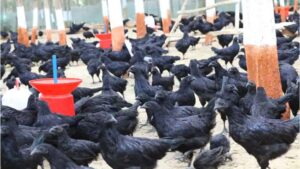
1. Breed Selection:
Kadaknath is a single breed of chicken, not a group of different breeds. It is characterized by its black feathers, skin, bones, and even internal organs, making it a visually distinct and culturally significant breed in certain regions of India. This breed is valued for its flavorful dark meat and is known for its adaptability to different environmental conditions. Over the years, efforts have been made to conserve and promote the Kadaknath breed due to its cultural heritage and unique characteristics.
2. Housing and Infrastructure:
Proper housing provides a safe and comfortable environment, protects the chickens from adverse weather conditions, and minimizes the risk of diseases and predators. When setting up the housing for Kadaknath farming, several factors need to be considered. The first consideration is the size of the chicken coop. The coop should provide adequate space for the chickens to move around freely, especially during the night when they roost. As Kadaknath chickens prefer free-range conditions during the day, it’s essential to design the housing to allow them ample space to roam and forage. The coop should be well-ventilated to ensure proper air circulation and prevent heat stress during hot weather.
The design and construction of the coop should also consider protection from predators. Install sturdy fencing or wire mesh to prevent entry by rats, snakes, and other potential threats. Additionally, secure the coop with strong locks or latches to prevent theft or intrusions. Bedding material is essential for providing a comfortable and clean environment for the chickens. Pine shavings or straw can be used as bedding, which helps in absorbing moisture and minimizing odors. Regularly cleaning and replacing bedding are essential to maintain proper hygiene in the coop.
Another critical aspect is the arrangement of nesting boxes for egg-laying hens. The nesting boxes should be placed in a quiet and private area of the coop to encourage the hens to lay eggs comfortably. Properly designed nesting boxes help prevent egg breakage and provide a stress-free environment for the hens.
Kadaknath chickens require access to clean and fresh water at all times. Install water troughs or drinkers inside the coop and make sure they are regularly cleaned and refilled. Adequate water supply is essential for the birds’ health, digestion, and overall well-being.
In conclusion, the housing and infrastructure for Kadaknath chicken farming should prioritize the chickens’ comfort, safety, and natural behavior. Providing ample space, proper ventilation, protection from predators, and clean bedding are essential factors in maintaining a healthy and productive Kadaknath flock. A well-designed and managed chicken coop sets the foundation for successful Kadaknath farming, allowing the birds to thrive and express their natural behaviors in a controlled and nurturing environment.
3. Feeding and Nutrition:
Provide a well-balanced and nutritious diet that includes grains, seeds, greens, insects, and protein-rich feed. Proper nutrition is essential for the chickens’ growth, health, and productivity.
Feeding Kadaknath chickens a well-balanced and nutritious diet is essential for their growth, health, and productivity. These chickens are omnivores, meaning they consume both plant-based and animal-based foods. Here’s an explanation of the feeding materials suitable for Kadaknath chickens:
- Grains:
Grains form the basis of the diet for Kadaknath chickens. Common grains include corn, wheat, barley, and millets. These grains provide carbohydrates, energy, and essential nutrients.
-
Protein Sources:
Kadaknath chickens require adequate protein for muscle development, egg production, and overall health. Protein sources can include soybean meal, fish meal, meat and bone meal, and other protein-rich supplements. Insects and worms are also excellent natural sources of protein for free-ranging chickens.
-
Greens and Vegetables:
Fresh green fodder, such as grass, alfalfa, spinach, and other leafy greens, provides vitamins, minerals, and fiber. Vegetables like carrots, beets, and pumpkins can also be included in their diet.
-
Kitchen Scraps:
Kadaknath chickens can consume kitchen scraps like vegetable peels, fruit leftovers, and cooked rice, but avoid feeding them anything spoiled or moldy.
-
Supplements:
To ensure complete nutrition, commercial poultry feed or balanced feed mixes specifically designed for chickens can be included in their diet. These feeds are formulated to meet the nutritional requirements of different growth stages and egg production.
-
Grit:
Chickens don’t have teeth, so they need grit (small, hard particles) to help them grind their food in their gizzard. Provide them with commercial poultry grit or coarse sand.
-
Fresh Water:
Access to clean and fresh water at all times is crucial for the well-being of Kadaknath chickens. They need water for digestion, temperature regulation, and overall hydration.
4. Characteristics of Kadaknath Chicken:
Plumage: Blue-black
Internal organs: Black-hued
Body weight at 20 weeks: 925 gm
Body weight of adult cockerel: 1.5–2.12 kg
Body weight of adult hen: 1–1.6 kg
Sexual maturity: At 182 days
Average annual egg production: 107 Egg
Weight at 40 weeks: 50 gm
Fertility (%): 56 %
Hatchability FES (%): 53 %
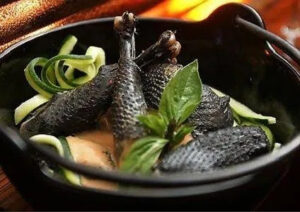
5. Breeds of Kadaknath:
There are three Kadaknath chicken breeds in the world which are black in colour.
- Kadaknath –Indian Breed
- Silkie –Chinese Breed
- Ayam Cemani –Indonesian Breed.
6. Kadaknath Meat Health Benefits
Kadaknath meat is believed to offer several health benefits, and its consumption is highly regarded in traditional medicine and by certain health-conscious consumers. While scientific studies on the health benefits of Kadaknath meat are limited and more research is needed, some claimed benefits include:
-
Low Cholesterol:
Kadaknath meat is often touted as having lower cholesterol levels compared to other poultry meats, making it a favorable option for individuals looking to reduce their cholesterol intake.
-
High Protein Content:
Kadaknath meat is rich in high-quality protein, which is essential for muscle building, tissue repair, and overall body function.
-
Essential Amino Acids:
The meat is said to contain a good balance of essential amino acids, which are the building blocks of proteins and play a crucial role in various physiological processes.
-
Iron Content:
Kadaknath meat is claimed to have higher iron content than regular chicken meat, which could be beneficial for people with iron deficiency anemia.
-
Antioxidants:
Some studies suggest that Kadaknath meat contains higher levels of certain antioxidants, such as carotenoids and phenolic compounds, which can help combat oxidative stress and inflammation in the body.
-
Tonic and Medicinal Properties:
In traditional medicine, Kadaknath meat is believed to have medicinal properties and is used as a tonic for various health issues.
-
Unique Flavor:
Apart from its potential health benefits, Kadaknath meat is highly valued for its unique taste and texture, making it a delicacy in certain culinary traditions.
7. Nutrient Value of Kadaknath Chicken Meat
The nutrient value of Kadaknath meat is generally considered to be higher or more favorable than that of conventional chicken meat. While the exact nutrient composition may vary depending on factors such as age, diet, and farming practices, here is an approximate nutrient profile for Kadaknath meat per 100 grams:
- Protein: Around 27-30 grams
- Fat: Approximately 4-5 grams
- Saturated Fat:5-2 grams
- Unsaturated Fat:5-3 grams
- Cholesterol: About 75-80 milligrams (lower than other chicken breeds)
- Iron: Approximately 1.5-2 milligrams (higher than other chicken breeds)
- Essential Amino Acids: Rich in essential amino acids, similar to other poultry meats
- Vitamin B12: Around 0.3-0.5 micrograms (aids in red blood cell formation and nerve function)
- Vitamin B6: Approximately 0.1-0.2 milligrams (involved in metabolism and immune function)
- Niacin (Vitamin B3): About 8-10 milligrams (supports energy production and skin health)
- Phosphorus: Around 190-220 milligrams (essential for bone health)
- Selenium: Approximately 20-25 micrograms (an antioxidant mineral)
- Zinc: About 1.5-2 milligrams (important for immune function and wound healing)
- Potassium: Around 200-220 milligrams (helps regulate blood pressure and fluid balance)
- Magnesium: Approximately 20-25 milligrams (important for muscle and nerve function)
8. Kadaknath Egg and Meat Price
The price of Kadaknath eggs and meat is generally higher compared to conventional poultry products due to the breed’s rarity, slow growth rate, and unique properties and health benefits. The demand and supply dynamics in the market, as well as the cost of production and availability, can also influence the pricing. The following are approximate price ranges for Kadaknath eggs and meat in India:
Kadaknath Eggs:
- Individual Egg: ₹30 to ₹40 (approximately)
- Dozen (12 Eggs): ₹350 to ₹450 (approximately)
Kadaknath Meat:
- Dressed Meat (per kg): ₹800 to ₹1200 (approximately)
Kadaknath Eggs Kadaknath Meat
9. Health Management:
Regularly monitor the health of the chickens and implement a vaccination and disease prevention program. Maintaining good hygiene in the coop and promptly addressing any signs of illness are crucial for the well-being of the flock.
10. Breeding Program:
If you plan to breed Kadaknath chickens on your farm, establish a systematic breeding program to maintain the breed’s unique characteristics and genetic diversity. Carefully select breeding stock based on desirable traits and productivity.
11. Egg Management:
For those focusing on egg production, provide suitable nesting areas and collect eggs regularly. Proper handling and storage of eggs are necessary to maintain their quality.
12. Marketing and Sales:
Develop effective marketing strategies to promote your Kadaknath chicken products. Target local markets, restaurants, and specialty stores that cater to customers interested in organic and unique poultry products.


